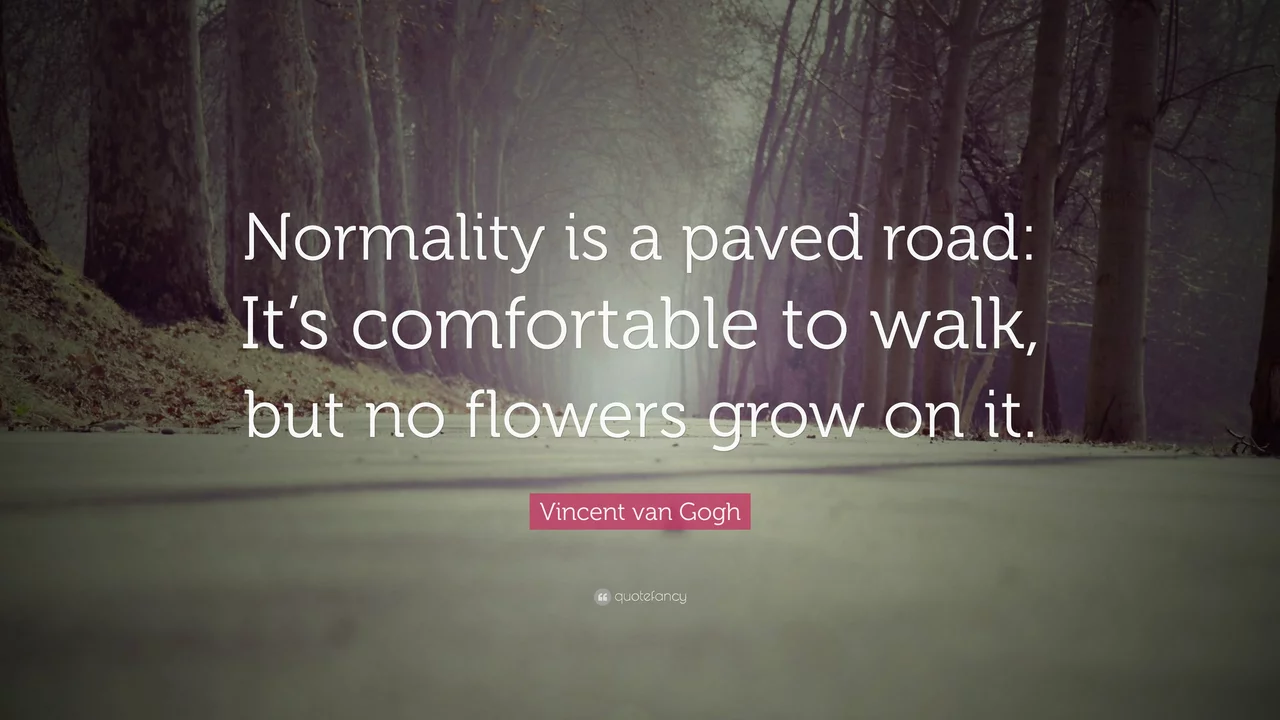Living in United States: What You Need to Know First
Thinking about moving to the United States? You’re not alone. Millions of people make the jump every year, and most of them end up loving the mix of opportunity, culture, and space. Before you pack your bags, let's break down the biggest things you’ll face – cost of living, finding a place to stay, and setting up basic services.
Housing: Where to Call Home
Rent prices vary a lot across the country. Cities like New York, San Francisco, and Washington DC can cost $2,000‑$3,500 for a one‑bedroom apartment, while smaller towns in the Midwest or South often stay below $1,000. Start by deciding if you want to live in a big city, a suburb, or a rural area – each offers different trade‑offs in price, commute time, and lifestyle. Websites like Zillow, Craigslist, and local Facebook groups are good for spotting deals, but always tour the place in person or ask a trusted friend to check it out.
Everyday Essentials: Healthcare, Transportation, and Bills
Healthcare is a major expense in the US. Most people rely on employer‑provided insurance, but if you’re self‑employed or just starting out, look into the Health Insurance Marketplace for plans that fit your budget. Keep your deductible and co‑pay amounts in mind – a cheap premium can end up costly if you need care.
Transportation depends on where you live. In major cities, you’ll find subways, buses, and ride‑share options that make a car unnecessary. In suburbs and rural areas, owning a car is almost a must; budget for gas, insurance, and maintenance.
When setting up utilities – electricity, water, internet – compare providers early. Many states have multiple options, and you can often get a discount for bundling services. Remember to read the fine print about contract lengths and early‑termination fees.
Now that the basics are covered, let’s talk about the softer side of life in the United States.
Social life is easy to build if you tap into local meet‑ups, community centers, or hobby groups. Websites like Meetup.com list everything from hiking clubs to language exchanges. If you enjoy sports, joining a local league (soccer, basketball, softball) is a quick way to meet people.
Work culture can be fast‑paced, especially in tech hubs like Austin, Seattle, or Boston. Expect a mix of independent work and team collaboration. Most offices value punctuality and clear communication, so keep your email and Slack responses concise and on time.
Taxes can feel confusing at first. The US has federal, state, and sometimes city taxes. Most employers withhold the standard amount from your paycheck, but you’ll still need to file a tax return every April. Free filing tools like TurboTax Free Edition or IRS Free File can guide you through the process.
Finally, remember that adapting takes time. Give yourself a few months to learn the local norms, from tipping at restaurants (usually 15‑20%) to greeting people with a firm handshake. The more you engage with your community, the faster you’ll feel at home.
Ready to start your US adventure? Keep this guide handy, stay organized, and enjoy the new chapters ahead.
